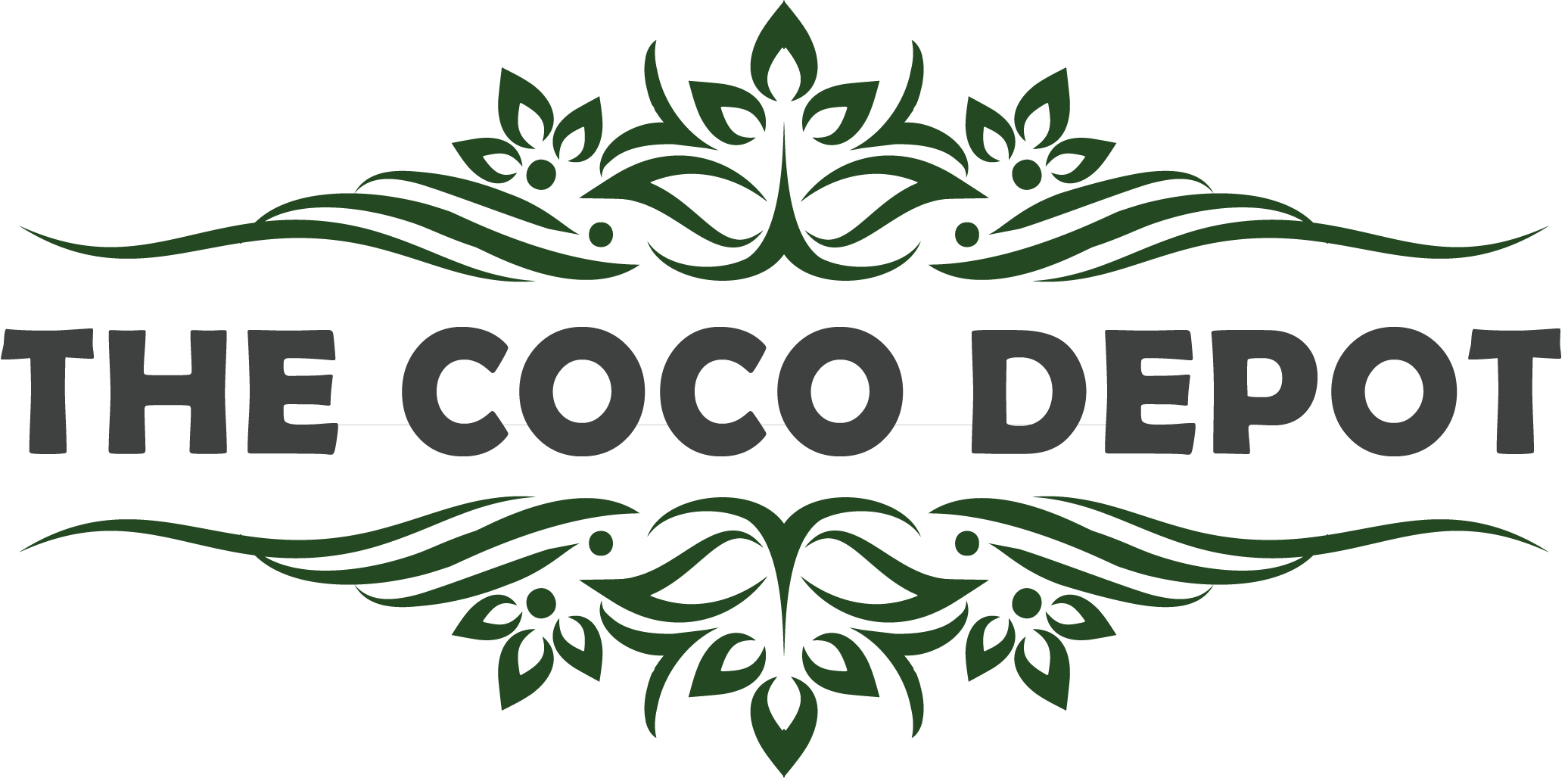From seed sowing to mature plant potting, multi-purpose potting mixes should be able to handle it all. Peat alternatives like green waste, paper waste, and wood fibre, may not be good for deeds or young plants. When it comes to fine seeds, it's essential to utilise a specialised seed compost. Because seed compost is low in nutrients, it does not inhibit germination or the delicate formation of new roots.
Seed Compost
Seed compost is a mixture made specifically for planting seeds in. It's finer and less lumpy than regular potting soil, and it's also lighter and better drained.
Seed compost can also be used to repot seedlings and young plants. However, it needs additional nutrients to support larger plants.
Potting compost
Potting compost is specially made for supporting established plants in pots. There are two main types of potting compost.
Soil based
Soil-based composts are great options for established plants. However, they are rich in nutrients and maintain moisture effectively. They are not helpful in seedlings and containers like hanging baskets because they are dense and heavy and not good in drainage. Soil-based composts are designed to mimic loam garden soil
Soilless
A soilless compost is a cleaner medium that allows you to have more control. Although a soilless mix resembles soil, it is devoid of inorganic matters. Soilless compost can be mixed with organic material like peat moss, coconut coir, wood chips or vermiculture.
Multipurpose compost
Multipurpose compost is a general-purpose compost. It is a mixture of seed compost and potting compost or it can be used as an alternative for either.
It is the best choice for planting small pots, hanging baskets, herbs and flowering bedding plants. This is a 100% natural and organic compost and it is perfect for planting.
Peat free compost
Peat-free composts are excellent for water retention. You can add a little grit and sharp sand to boost growth for plants that require adequate drainage.
The majority of peat-free composts are meticulously blended to give ideal growing conditions, and their quality and consistency are improving. To improve nutrient levels, a liquid feed can be used in conjunction with peat-free compost when necessary. Peat-free composts are more expensive, because they require more processing.
Peat based compost
Peat is an excellent growing medium for a wide range of plants, from vegetables to flowers. The natural nutrients in peat, which are present owing to partially degraded plant debris, make it the most convenient medium for establishing gardens. As a result, peat-based composts are most commonly used by home gardeners. It is cheaper than peat free compost.
How to make potting mix for starting seeds
The ideal seed starting mix should not be high in nutrients, as this could injure sensitive seedlings. The mixture should also be able to retain moisture without getting wet. Seeds can perish in moist conditions, which can also cause fungal diseases like damping off.
It is important to make potting mix perfectly for happy seedlings and strong growth.
As a basis, start with two part-composts. Because all elements are measured in volume, it doesn't matter how you measure your ingredients as long as you're consistent. The compost gradually releases nutrients into the mixture, which will aid in the feeding of seedlings as they bloom. You can prepare your own compost or buy it. To produce a fine, even texture, break off clumps with your hands or, better yet, screen or sift the compost.
Now you can add coir i.e coconut fiber which is extracted from coconut husk. You can also use peat or peat moss to make it sustainable. Avoid extracting peat as they are harmful for fragile ecosystems and contribute to climate change. If you are using a block of coir then firstly soak it into a bucket with water to break it apart. You can also use well rotted leaf mold. Coir and leaf mold both are adding volume to the seed mix and also help to retain moisture.
Now you can add one part perlite to lighten and improve the air content of the mixture. If you don't want to use perlite, you can use sand instead, but the mixture will be heavier. Mix well all the ingredients using a spade or your hands. Mix all the ingredients evenly distributed. It is important to make your mixture consistent. Once you are done with it, store your initial mixture in sealed containers or you can use old potting soil sacks or any other strong plastic bag. Make sure it is tightly rolled down and secure. Keep your mixture dry and cool.
How to reuse a potting mix?
You can plant a lot of bulbs and seasonal bedding and replant them every season, you'll use a lot of growth media. It can be used as a garden soil conditioner and mulch.
You can reuse this mixture if you use it only one and it is mainly for spring flowering bulbs.
Pour it into a wheelbarrow, inspect for pests, remove any plant debris, and mix in a bag of loam-based potting mix and a scoop or two of slow-release fertiliser. Then thoroughly combine and re-use.
Handling tips
Don't overstock on compost. Get only as much as you'll need in the next six to eight weeks. To keep insects and weed seeds out, close the bag after each usage.
Compost bags should be stored in a dry, well-ventilated area to avoid becoming soggy.
Replace nutrients in the compost in pots every year or so. You should also feed container plants to help the soil absorb more nutrients. During the growing season, use a liquid fertiliser every two to four weeks, or mix in slow-release granules at planting time.

